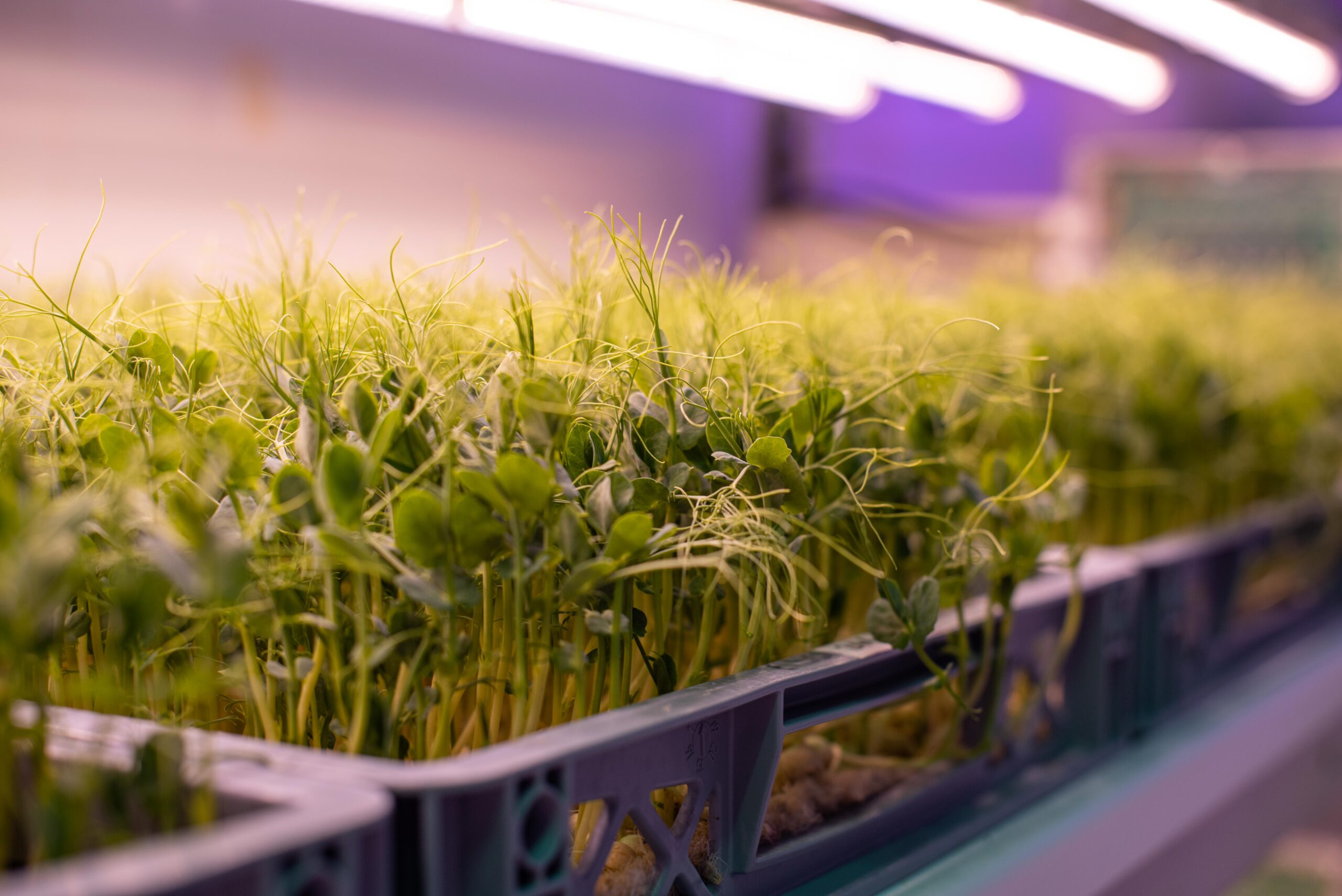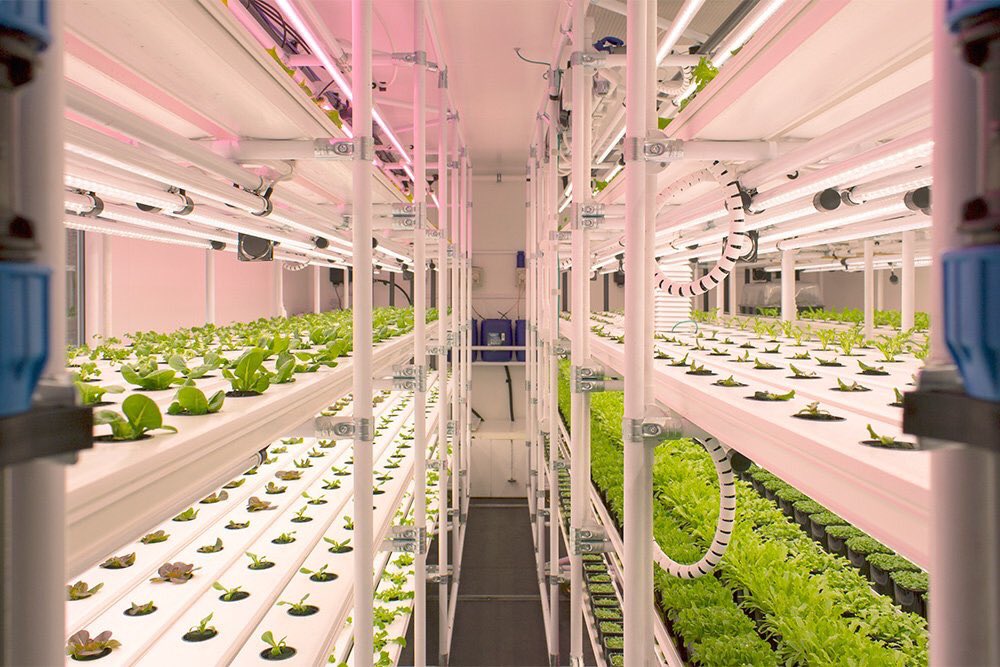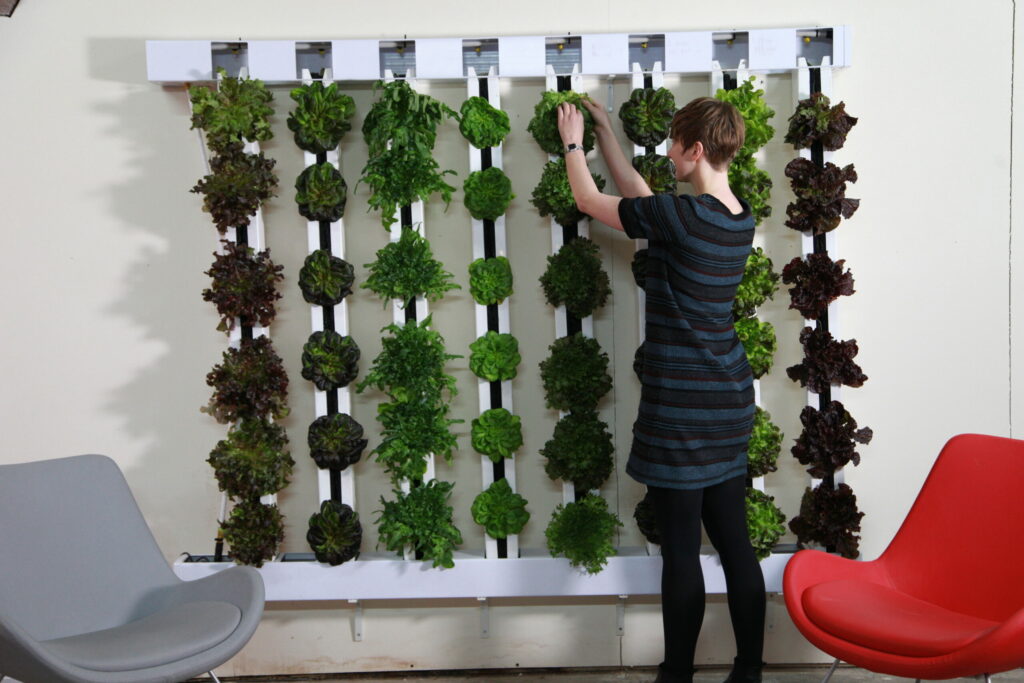
About
A brief guide to UKUAT.
Image: LettUs Grow
Mission
What does UKUAT do?
UKUAT engages and connects members to grow and mobilise a thriving network in the pre-competitive space. We also work to further the CEA industry through external projects.
Vision
Why does UKUAT exist?
For Urban AgriTech and Controlled Environment Agriculture to form an integral and appropriate part of the UK food system; contributing to environmental, social and economic sustainability, enhancing national resilience, feeding a healthy population and driving innovation.
Scope
What practices does UKUAT
engage with?
Any use of Urban AgriTech or Controlled Environment Agriculture to produce an edible or otherwise consumable product.
Where does UKUAT operate?
UKUAT operates in the UK and works in consortium with aligned domestic and international organisations.
Image: FarmUrban
Method
How does UKUAT operate?
As a members organisation we maintain and grow the network, provide opportunities for members, facilitate collaboration within the network and beyond.
As an active participant in industry projects we work within consortia on projects to further the industry and seek to generate employment opportunities.
Key Activity Areas
As a diverse members network operating in the pre-competitive space, UKUAT works across several areas to galvanise
and leverage the expertise of the membership for the common good of the CEA and agritech sectors.
Policy &
Advocacy
UKUAT will encourage, enable and facilitate the creation of policy frameworks which meet the needs of urban agritech industry and projects. In so doing, it will give the industry a voice in wider governmental agricultural policy.
Education &
Outreach
UKUAT will provide an education platform for running meaningful outreach projects, by creating, leading and delivering education sessions that inform and inspire the next generation of farmers, agriculturalists and consumers. Each member takes responsibility for being a pioneer in the Urb Ag movement and a (thought) leader in their field.
Research &
Development
UKUAT will act as an informational exchange hub. Through the appropriate sharing of prior research, and collaboration on research projects, UKUAT will build a repository of knowledge, for the benefit of both existing and new entrants to the industry.
Shared Resources &
Knowledge
UKUAT will act as a platform for companies to increase their individual personal reach and to improve the image of the industry. Such a well-connected (locally and globally) body will enable both small voices and big voices to be given equal exposure/footing on the platform.
Publicity &
Promotion
UKUAT will act as a platform for sharing knowledge and resources between members. This will speed up research, reduce replication of work, add peer review principles to commercial research and ultimately improve legitimacy of the industry.
Funding &
Consortia
UKUAT will inform members about future funding opportunities, advise on funding routes and enable joint bids to be submitted to increase their chances of success. Members will also inform one another of developments.
Events &
Industry News
UKUAT will establish a presence at key industry events and provide relevant industry news about (and to) its members.
Definitions
What do we mean by specific terms?
-
Controlled Environment Agriculture (CEA)
Any agriculture in an enclosed growing space with some degree of environmental control, such as a glasshouse, polyhouse or plant factory.
-
Totally Controlled Environment Agriculture (TCEA)
A family of CEA activities at the high-control end of the spectrum. These are generally characterised by exclusive use of artificial light and precise control of environmental conditions (e.g. air temperature, humidity, CO2 concentration) and the nutrient content delivered to the plants.
-
Building Integrated Agriculture (BIA)
Any farming system located on or in a building, such as a rooftop farm, a façade farm, a rooftop greenhouse, or interior vertical farm.
-
Urban AgriTech
All TCEA growing and TCEA technology, and all BIA.
-
Appropriate
Recognising the limitations of a technology, and only deploying it where there is a significant and demonstrable benefit in doing so.





